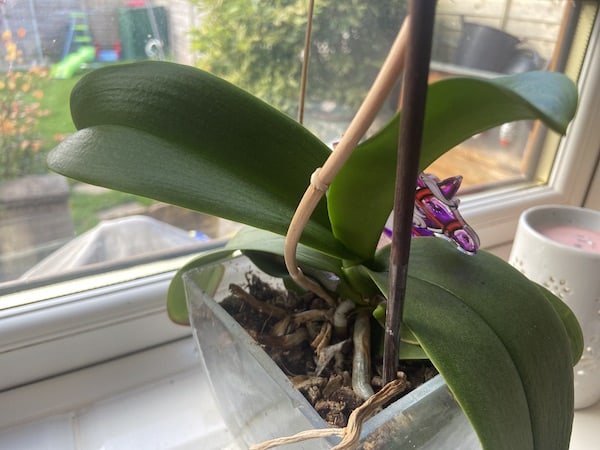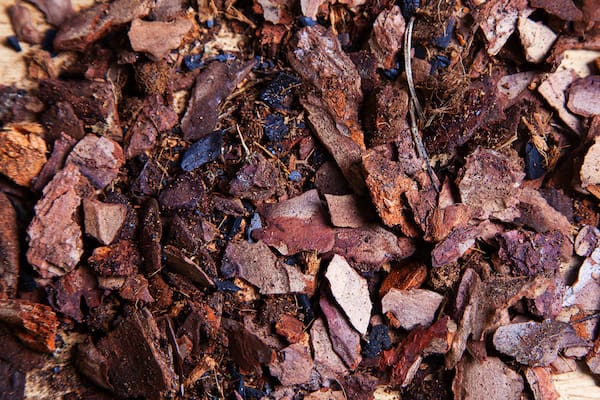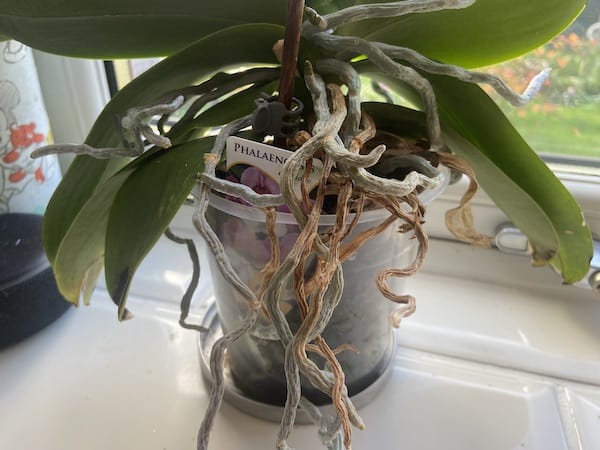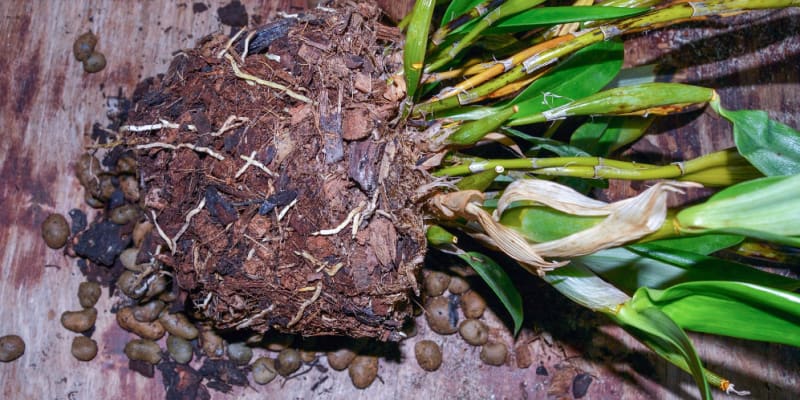
What is the best soil for orchids and how to make it?
Our site is reader supported, this means we may earn a small commission from Amazon and other affiliates when you buy through links on our site.
So the quick answer to ‘Do orchids need special soil is Yes, orchids need special soil to grow in. The orchids that you find in most garden centres are epiphytes, which means that they grow on tree trunks and other objects in the wild rainforest. Ordinary potting soil is much too dense and heavy for these relatively delicate plants, as most orchids actually grow in the air attached to other plants. These are called Epiphyte orchids which I discussed here.
Do orchids need special soil
Here’s what the best orchid potting mix contains and how to make your own if you want to get your hands dirty.
Two keys to growing orchids successfully
The two keys to successful orchid growth are aeration and drainage. Aeration allows the plant to dry out slightly between waterings which is super important. Inorganic substances, such as perlite, are included in the potting soil to allow this to happen.
Drainage lets excess water leave the soil. Orchid roots left in water quickly rot and expose them to diseases. Proper orchid pots have holes in the sides as well as in the bottom for the best drainage possible and are usually clear to expose them to light.
Keep aeration and drainage in mind as you choose or make your orchid potting soil and select the pot for your plant.
Commercial orchid potting mix
You can buy generic orchid potting mixes from most garden centres, nurseries and even online. These mixes look chunky which lots of bark when compared to regular potting mixes as they contain a good amount of inorganic substances. These all-round orchid potting mixes are suitable for most varieties of orchids. Miracle-Gro Orchid Potting Mix is a well-renowned product for epiphyte orchids so this is what I use.
However, if you’re serious about growing orchids, you do have the option of making your own mix for their potting soil to suit the particular varieties you’re growing.
Making your own orchid potting mix
The best orchid potting mixes provide stability for the plant’s growing roots as well as aeration and drainage. Here’s what to include in your own mix – and what the best commercial orchid potting mixes contain.
Organic orchid potting soil ingredients
‘Organic’ here means that the soil ingredients are carbon based. But consider the other organic as well – grown and produced without pesticides and other chemicals. Create an eco-friendly growing environment for your orchids to have the best chance at splendid blossoms.
Sphagnum peat moss
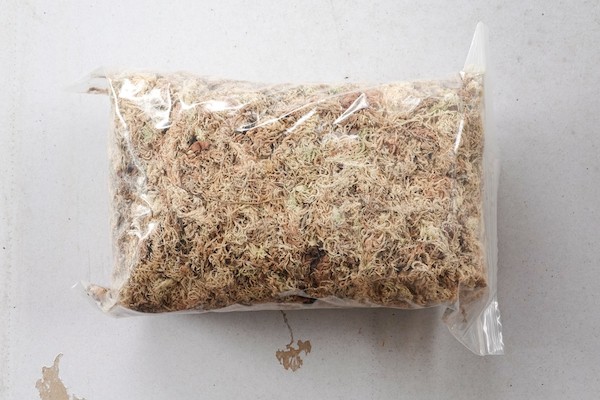
Most orchids are grown in this peat moss. This is a common substance that allows them to drain but also to keep enough moisture in.
Shredded bark
Bark is chunky but lightweight and really helps with drainage. Think of fir bark, pine bark or cedar bark as the options here. Bark also absorbs water for later use.
Coconut coir
This is familiar as it’s used to form many natural and bio-degradable plant pots. It keeps the moisture on its surface but lets water drain away through it.
Charcoal
Charcoal acts as a filter for bacteria and inorganic salts. It lessens the risk of the plant taking in harmful substances that may be present in tap water. (I’ll add our usual recommendation here of using rain water to water plants if possible.) Be careful to use organic charcoal that comes from burning untreated wood.
Inorganic ingredients for orchid potting mix
Perlite
Perlite is often used to lighten up soil and to help with drainage. It comes from volcanic glass.
Leca
Leca is a useful ingredient to help retain moisture. It’s lightweight clay pieces that absorb water and then release it slowly. Use this in moderation though as, if it holds too much water, your orchid sits in an unhealthy watery environment.
Lava rock
This is a porous rock that keeps the soil from sticking together. It’s good at taking in excess water. And it also forms a structure that moth orchids can use as support for the roots.
Fertiliser
Follow the instructions on the box or bag of fertiliser as to when and how to apply this component to the orchid potting mix.
How to choose the right mix
Many orchid varieties can grow with just one ingredient in the medium, while others need two, three or even more. The best way to find out is to do some research as to the properties of each ingredient and what they add to the mix. Then try an appropriate basic mix on your plant depending on its own needs. Pay close attention to how the plant responds and adjust the mix accordingly.
Here are a few tips:
- You need to provide support for phalaenopsis orchids while low-growing dendrobium varieties don’t require support
- Phalaenopsis orchids should never dry out so make sure to include enough material that retains water such as perlite or peat moss.
- Feel free to buy commercial orchid potting soil and add some other ingredients to it, depending on what your particular orchids prefer.
You can also learn more about how to grow orchids here, how to correctly water orchids in this guide and orchid pests and diseases to watch out for.
Yellowing leaves is also an issue which I cover here as well as how to get orchids to flower for longer and get them t flower again once they have finished.
